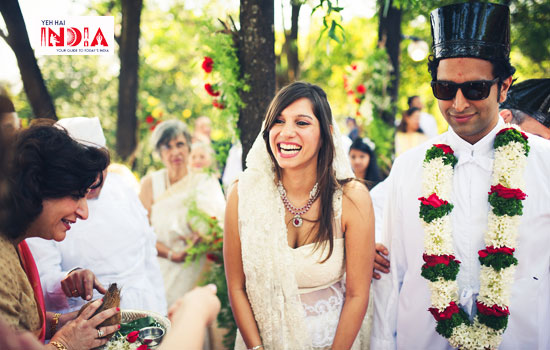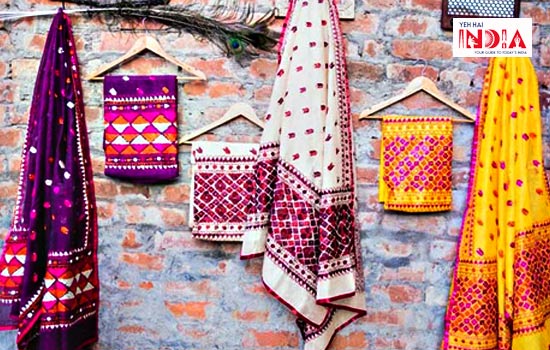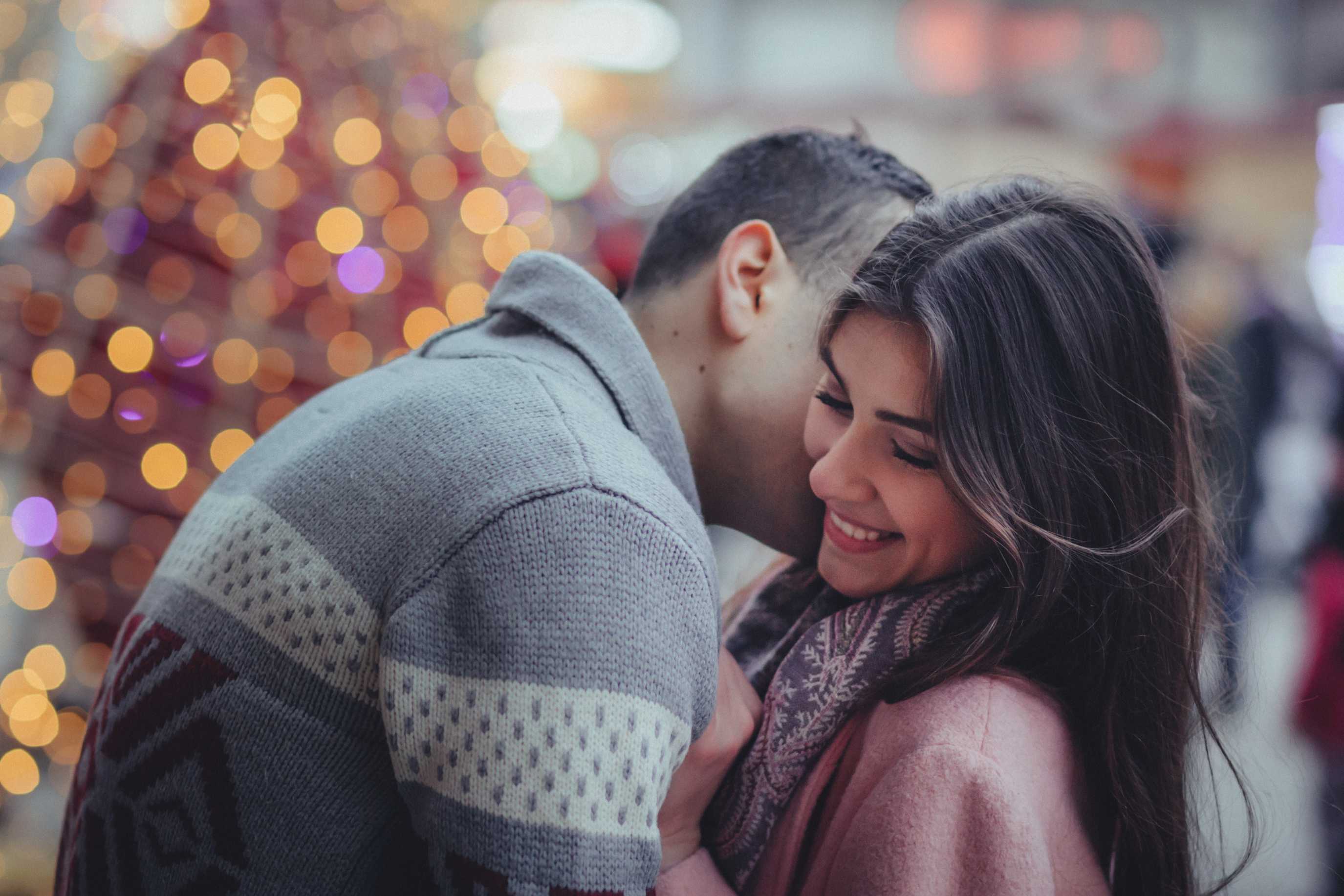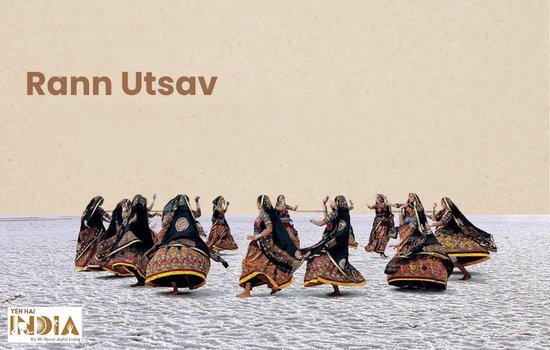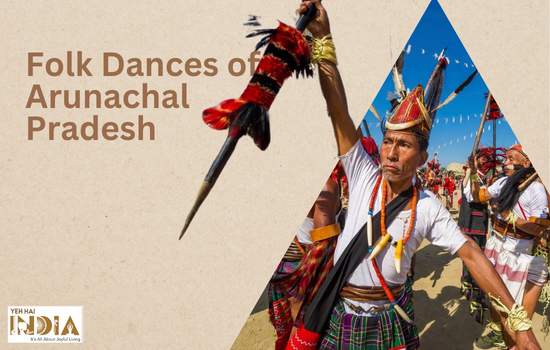Full of laughter, joy and mouth watering delicacies, a Parsi wedding is something that every person should get the chance to experience once in their life. Here, we tell you all that you need to know about the traditional grand event.
The Parsi community migrated into India from Central Asia and most of them are from Persia. In modern day India, most of them are residing along the western coast of India, specially in the state of Gujarat, Goa and Mumbai. The Parsis follow the Zorashtra religion which is one of the oldest monotheistic religions in the world. They have succeeded in preserving their religion and culture throughout the long history of India and have been resistant to all turbulences from different invaders.
However, depending on their location, certain local customs have also become a part of their culture. This is also reflected in the Parsi wedding rituals. A Parsi wedding is usually conducted in a sacred fire temple and is called “lagan“.
Recommended Story – Jain Wedding Rituals
So let’s take a look into the mystic and beautiful rituals revolving around a traditional Parsi wedding.
Pre-Wedding Rituals and Ceremonies:
Rupia Peravanu:
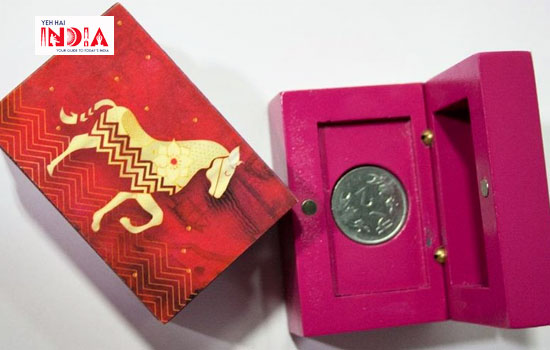
The bride and groom approach their families and upon their agreement, they perform this ritual. This means both the families confirm the relationship and an informal engagement ceremony takes place. The women of the groom’s family carry coins to the bride’s home resembling their support for the marriage and in return, the bride’s family also goes to the groom’s house with gifts. During the ceremony, both the houses are decorated as a gesture of warm welcome.
Achoo Michoo:
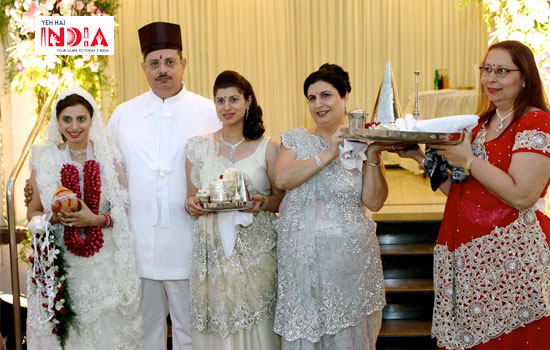
This is an important religious tradition which is performed with the intent of fending off evil spirits before the beginning of a sacred process. The ritual consists of a unique custom where the bride’s mother walks around the groom’s mother with an egg and breaks it on the right side of her. Then she circles around the groom’s mother with betel leaves, betel nut and a bowl of rice and throws it behind the house. Then again the seven circles are taken with rice and water which is thrown at the left and right side of the entrance of the house.
Devo:
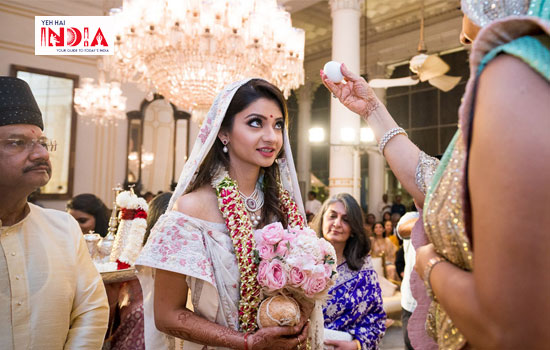
A silver coin is put into an oil lamp which is lit by the groom’s mother. The bride has to walk into a specific spot with her right foot first and then the groom’s mother again performs the achoo michoo ritual. After this, she gives her an auspicious and enticing red saree and dazzling bangles. The bride has to wear this saree and the bangles are put on by the mother-in-law. This tradition can be compared with the official engagement ceremony in other cultures which include the exchange of rings.
Sagan:

This ritual includes the presence of the bride and groom together. It is performed by the older females in both the families. The couple has to carry a coconut in their hands and wear a garland made of auspicious flowers. The women brush Kumkum or liquid vermilion on the couples shoes. With the same Kumkum a round mark is made on the forehead of the bride and a vertical mark on the groom’s forehead. Sugar cubes coated with yoghurt are given to the bride and groom.
Madhav Saro:
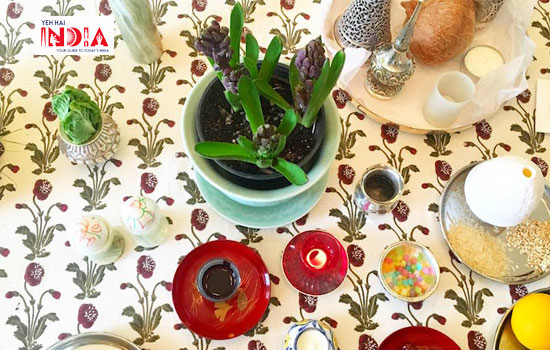
A tree is planted in a pot and kept outside the houses of the bride and the groom. The pot is painted and decorated with exquisite colours then the families perform the achoo michoo ritual around it. This plant is important in the wedding as it is considered to be propitious and is kept in all the rituals that takes place after this. The families remember their ancestors by offering prayers in a ritual called Varadh Patra.
Adrani:
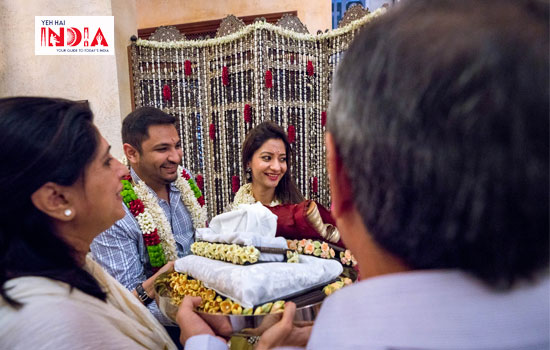
This is another ritual which comprises giving presents and the groom’s family bestows the bride with gifts like cash, clothes, jewellery and sweets. A feast is also observed on this day.
Shukranu Murat:
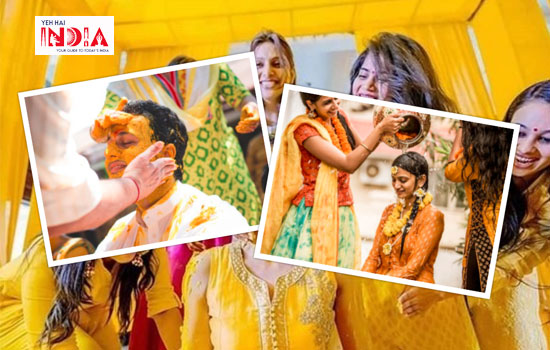
This ritual is thought to be adopted from the Hindu ceremony of haldi. Only five married women perform this ritual. Turmeric paste is made by the five women and then it is applied to the bride and groom.
Nahan:
This is another similar found in other communities which involve a sacred bath with the intent of removing all contaminants of the body and spirit. After this, the bride and groom is ready for the main wedding ceremony and they are not allowed to touch anyone apart from family members.
Wedding:
Wedding Attire:

The Bride:
Unlike the other communities, the bridal wear of a Parsi bride is sophisticated but simple. White is considered to be the most auspicious and pure colour by the Parsi that’s why, usually, the bride wears a white silk or chiffon saree. The saree is adorned with delicate and exquisite white embroidery. It is called Parsi gara. Traditionally, the sarees are passed from one generation to another. It is worn in an aesthetic manner and one end the saree is used to cover the head during the ceremony. Jewelries are also family heirlooms along with which red bangles are worn by the bride.
The Groom:
The groom’s clothes are also gracefully plain like the brides. He also dresses in white with a Parsi dagli, a white overcoat and white shawl placed on the shoulders. The traditional Parsi hat called Fetah is worn on the head by the groom while the whole look is finished with a pair of alluring black formal shoes.
Recommended Story – Christian Wedding Rituals
The Wedding Day Ceremonies:
Achoo Michoo:
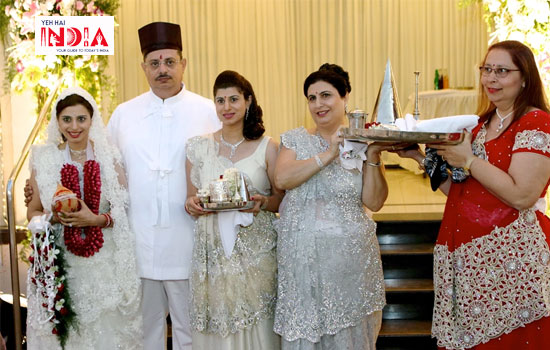
This tradition is performed again by both the families to purify the environment and ward off any evil energies. This time, the mothers perform the ritual for their son-in-law and daughter-in-law, respectively. The bride’s mother performs it for the groom while the groom’s mother performs it for the bride.
Ara Antar:

Then, the bride and groom are made to sit facing each other with white curtain between them so that they cannot see each other. Seven married women take circles around them seven times. The bride and groom are given rice grains, which they shower on each other from each side of the parda after the women are done circling. It is also a fun ritual because it is believed that whoever showers the rice first will be the one dominating the household. The priest keeps reciting Persian prayers during the ceremony. The bride and groom and now made to sit beside each other and a holy oil lamp is lit by them signifying their union.
Payvand-e-Zanshooi:
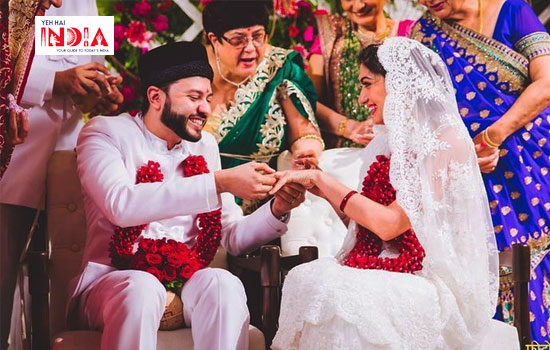
The remaining prayers and rituals are completed by the priest during which the couple has to take the vows of Payvand-e-Zanshooi and it may take an hour to complete. The guests shower rose petals on the couple while they recite their vows. They are then asked by the priest if they want to marry the man or woman, respectively, and each of them has to reply with “pasandekardum”, after which the couples exchange rings. This marks the completion of the wedding and the couple is considered to be married.
Post Wedding Ceremonies:
Hath Borvanu:
After the ceremony, the groom’s hand is immersed in a pot of water by his sister-in-law and he has to drop a silver coin in the water to free his hands. This is a kind of ritualistic cleaning and also a fun game.
Pag Dovanu:
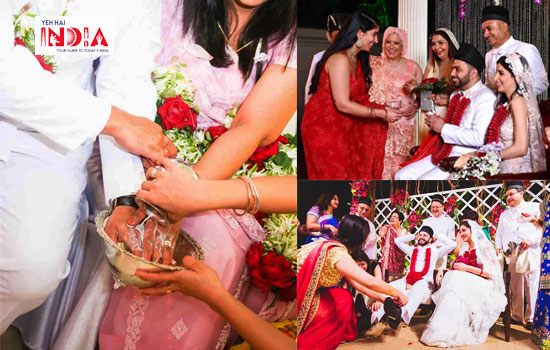
Another game which is played by the sister-in-law of the bride in which she threatens the groom with hot milk and he has to pay her cash in order to stop her. She also has to untie the string of the Haathevaro ritual and set him free.
Fire Temple Visit:
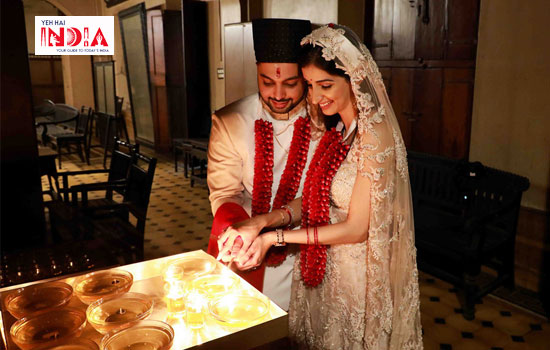
After all the ceremonies are completed, the couple visits a fire temple to get the blessings of God. The sacred oil lamp is put out with a rose flower.
Reception:

Reception is a grand feast with lots of delicious Parsi food served. All the friends and family participate in this grand evening party to celebrate the joyous union. The bride and groom are required to eat from the same plate and this ritual is known as the dahikomroon.
Also Read – Marwari Wedding Rituals


